I bought an 8LO29I Soviet era CRT (intended for use in oscilloscope/instrumentation):
Now I'd like to get it to work. After almost endless reading up (I'm not an electrical engineer) I think I now know what to do. The CRT also came with extensive original documentation (in Russian, dare I mention it!), so that helped a lot.
The function of the pins is explained as:
Electrode leads:
- 1, 14 - heater
- 2 - cathode
- 3 - modulator
- 5 - the first anode
- 7 - signal deflecting plate Y 1
- 8 - signal deflecting plate Y 2
- 9 - second anode
- 10 - temporary deflecting plate X 1
- 11 - time deflecting plate X 2
- 4, 12 - connected.
Pin schematic:
For my use the deflection plates will not be needed.
What I still don't get is what the modulator (pin 3) is supposed to do and whether I need one. Some searching came up with this:
An electronic system is described for modulating the beam intensity of a cathode‐ray oscilloscope in such a manner as to reduce variations in trace brightness due to differences in writing speed. A voltage derived by a push‐pull differentiating amplifier from the vertical deflection signal is added to the instrument's intensity‐control voltage. By use of this system, improved photographs of wave forms canbe obtained.
So is that what it's supposed to be, an intensity modulator?
Second question:
All these smallish CRTs seem to have 2 anodes, why is that? In one publication I read it described the second anode as the focusing anode. Is that correct?


